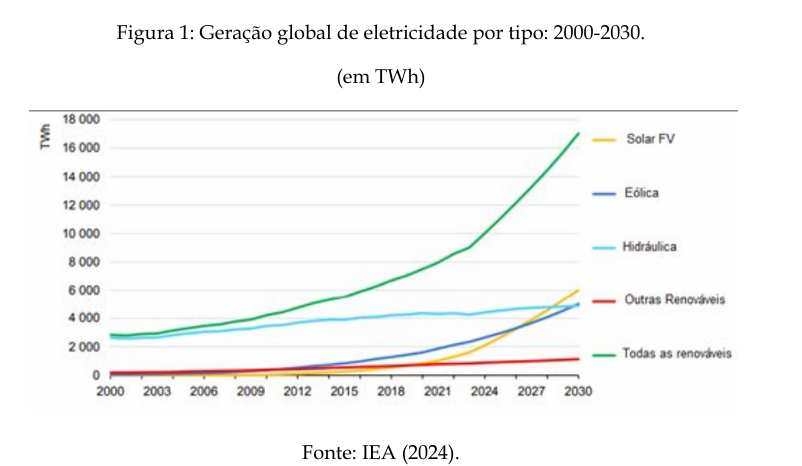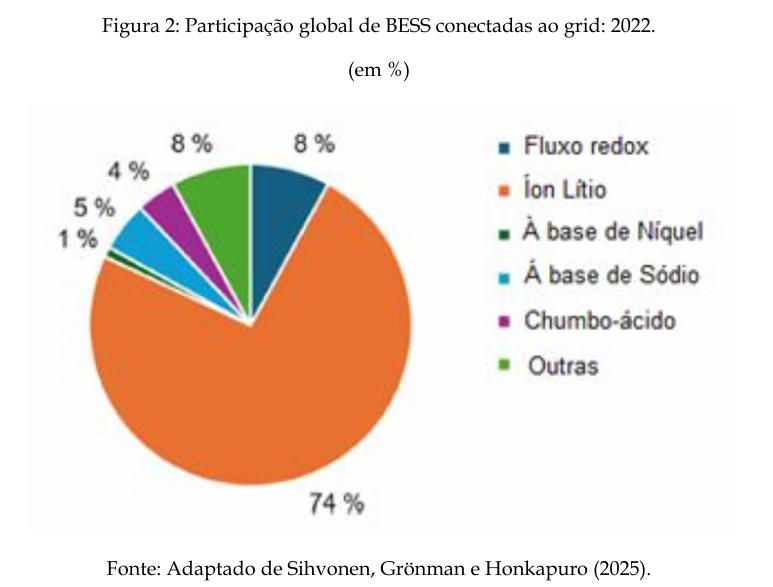- “Electra Group negotiates acquisition of Enliv to explore low voltage energy market
The Electra Group signed a share purchase and sale agreement with the founding shareholders of Enliv Energia, Fábio Murilo Costa Machado, CEO of the startup, and Grupo ON, from Curitiba. Initially, Electra will make a direct investment in Enliv, acquiring an 80% stake, to invest in technology and marketing. In the second phase, which will take place after a period of five years, Electra will acquire the remaining 20% interest from the founding shareholders, becoming the sole shareholder.
- Rains should bring relief to energy consumers
The abundant rains that have hit much of the country since December are allowing the recovery of the storage levels of the hydroelectric reservoirs, after the drought that occurred in 2024. “This above average rainfall was fundamental to reverse the drop in hydraulic storage levels across the country. Over those months, there was a recovery of almost ten percentage points in storage, and we started 2025 with the third highest level in the last five years,” said Franklin Miguel, president of the sales company Electra Energy.
- Instant demand reaches 102.8 GW and breaks a new record in the SIN
Instant demand in the National Interconnected System (SIN) reached 102,810 MW on Wednesday (22) due to strong heat. The value is the highest ever recorded in the SIN, surpassing the previous record of 102,478 MW, as of March 15, 2024. The average daily load also continued to break a record, reaching an average of 92,985 MW on the same day.
- CP discusses Marketing Rules for MRE power plants not supervised by ONS
The National Electric Energy Agency (ANEEL) will discuss in public consultation the Marketing Rules and Procedures applicable to hydroelectric projects not centrally dispatched by the National System Operator (ONS), within the scope of the Energy Relocation Mechanism. The participation of these mills in the MRE was regulated last year.
- Brazil has a new record for solar generation in the National Interconnected System, says ONS
Brazil reached a new record for solar energy generation in the National Interconnected System (SIN), reaching an average of 12,676 megawatts of daily production. This figure represents an increase of 5.3% compared to the previous record, registered in October 2024. The National Electric System Operator (ONS) highlighted that this growth reflects the continuous expansion of installed solar energy capacity in the country. Solar energy has established itself as a significant source in the Brazilian energy matrix, contributing to the diversification of energy sources and the reduction of greenhouse gas emissions. The trend is that the share of solar energy will continue to grow in the coming years, driven by investments in new technologies and the greater competitiveness of the sector.
- Aneel overturns injunction in the Supreme Court against cutting wind and solar generation
Aneel was able to overturn, in the Superior Court of Justice (STJ), the injunction against orders to cut generation by wind and solar power plants. The lawsuit was filed by mill owners in both segments, who claim the loss of revenue and demand compensation in the order of R$ 1 billion. The orders to cut power generation have triggered a new wave of judicialization in the electricity sector and discourage investments in renewable sources.
- Green flag will continue throughout 2025 if the rain scenario remains favorable, says Aneel
The director general of ANEEL, Sandoval Feitosa, stated that the tariff flag system may continue to indicate the color green on consumers' electricity bills throughout 2025 if the rainy scenario for the electricity sector remains favorable. Feitosa stressed that the rainy season began “very intensely”, with rains at the headwaters of the rivers that supply the country's main hydroelectric reservoirs.
- 2025 auctions enable hydroelectric expansion, but sector sees room for more opportunities
The publication of the Capacity Reserve Auction (LRCAP) guidelines, to be held in July, brought relief to power generators. However, for large hydroelectric dams, the segment's participation in the event could be greater, while small power plants (PCH) are trying more space in the market with an exclusive auction. According to the Brazilian Association of Electric Power Generating Companies (Abrage), it is possible to increase the power of hydroelectric dams by up to 18.4 GW, with the motorization of empty wells, expansion and installation of new turbines.
- Distributed generation grows 33.1% in 2024, with an addition of 8.8 GW
Brazil expanded distributed migro and mini-generation (MMGD) power by 8,808 MW in 2024, an increase of 33.1% compared to the installed capacity at the end of the previous year. The solar source with panels installed on the roofs of homes continues to dominate the installed capacity, with 779 thousand connections across the country in the year. As a result, the total installed capacity of MMGD reached 35.4 GW, according to data from ANEEL. Among the new installations, practically all of them are photovoltaic energy.
- Conventional and encouraged energy prices decline in the short term
The very short-term prices for conventional and encouraged energy in the Southeast subsystem closed the first two weeks of the year with a negative variation compared to the immediately preceding week of 13.40% and 9.98%, respectively. The data correspond to the contracts for January closed between January 3 and 10 and were released by BBCE.
- The free energy market tends to see greater competition in 2025, but discounts should maintain current levels.
The discounts offered in the free market compared to the regulated one should stabilize in 2025. According to experts, the pace of migrations from last year may be slowed down by the large volume of exits from the captive environment that has already taken place. Competition between marketers, on the other hand, must intensify, while mergers and acquisitions may consolidate larger players. The expectation is that the discounts will remain between 25% and 30%.
- Delinquency in the MCP falls to R$ 38 million in November
The liquidation of short-term market operations (MCP) in November 2024 was in default of R$ 38 million, against R$ 177.8 million the previous month, according to the Electric Energy Trading Chamber (CCEE). The liquidation totaled R$ 1.32 billion of the total of R$ 2.64 billion recorded. Of the unpaid amount, R$ 1.10 billion is related to hydrological risk thresholds.”
Source: ELECTRA CLIPPING — ISSUE 02/25, FROM 24/01/2025





























